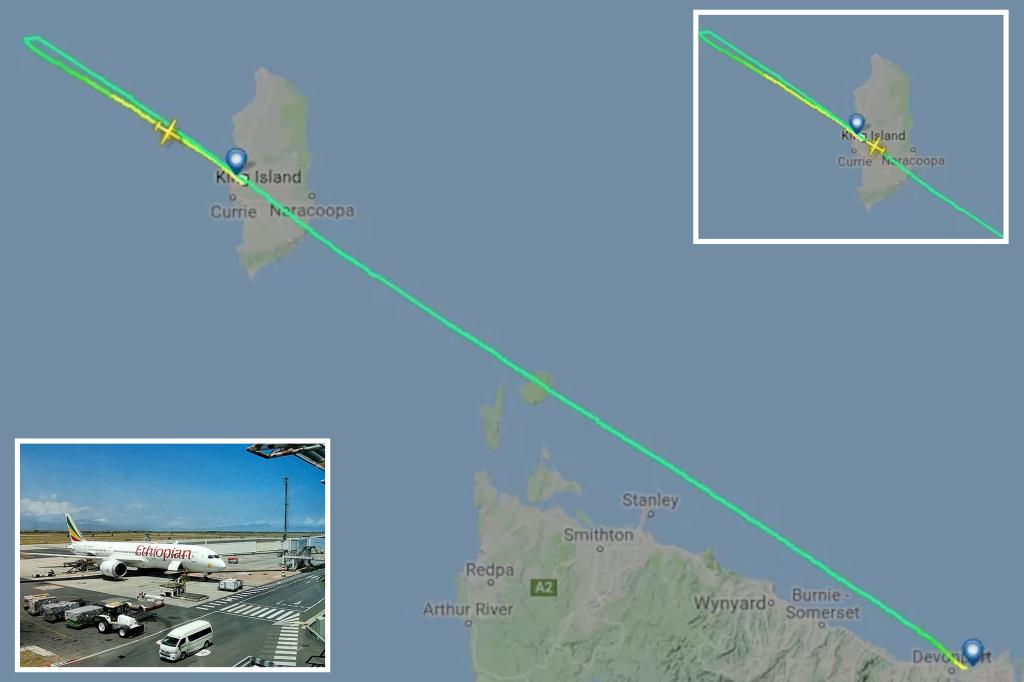You’re talking about two different things here, but I will disagree with both.

for VFR into IMC, the problem generally isn’t the airplane’s equipment, it’s pilot proficiency. An autopilot would be good, but the pilot needs to get the airplane safe before engaging the autopilot. Instrument proficiency is a perishable skill, so I much prefer something that takes advantage of the inherent stability of the airplane. Even a Cherokee should be stable enough. If it isn’t, that would be encouragement to fix the problem rather than let it get worse.
As far as rapid fire clearances in IMC, that’s an issue of proficiency and should be part of your preflight IMSAFE/5P/whatever evaluation. Relying on fallible mechanical devices is not a replacement for flying proficiency, and I often see pilots who rely on the autopilot but don’t know how to manage it properly. Based on what I see day to day, If you can’t divide your attention well enough to copy a clearance, its likely that you’re not proficient enough in autopilot management.



